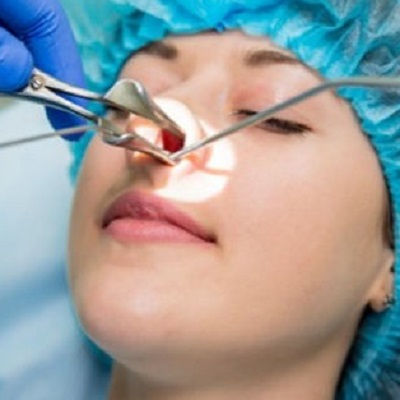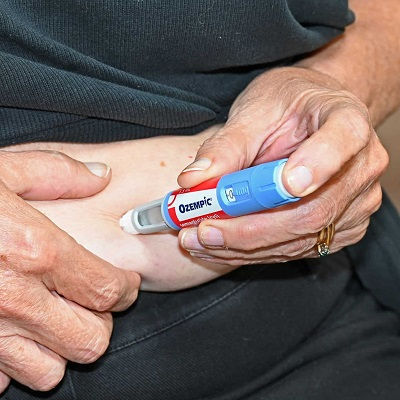Understanding Septoplasty: What to Expect from the Procedure
- aliza khan
- May 26
- 3 min read
When it comes to improving nasal breathing and resolving chronic nasal congestion, septoplasty and turbinate reduction are two of the most effective surgical solutions available. Especially for residents seeking relief in Muscat, these procedures address common anatomical issues such as a deviated septum and enlarged turbinates, which often cause difficulty breathing, frequent sinus infections, and even sleep disturbances. If you’re considering Septoplasty & Turbinate Reduction in Muscat, understanding what the procedure entails, how to prepare, and what to expect afterward is essential for making an informed decision and achieving the best possible outcome.
What is Septoplasty and Turbinate Reduction?
The Role of Septoplasty in Nasal Health:
Septoplasty is a corrective surgery aimed at straightening a deviated nasal septum—the thin wall of bone and cartilage that divides the nasal cavity into two nostrils. When this septum is crooked or displaced, it can obstruct airflow on one or both sides of the nose, leading to symptoms like nasal congestion, difficulty breathing, nosebleeds, and frequent sinus infections. Septoplasty carefully repositions or removes the obstructive portions of the septum to restore proper nasal airflow and function.
Why Turbinate Reduction is Often Performed Alongside Septoplasty:
The turbinates are bony structures inside the nose covered with soft tissue that helps humidify and filter the air we breathe. When turbinates become swollen or enlarged—a condition called turbinate hypertrophy—they further narrow the nasal passages. Turbinate reduction is a procedure that reduces the size of these tissues, often done together with septoplasty to maximize nasal breathing improvement. This combined approach offers comprehensive relief from nasal obstruction caused by both structural and soft tissue issues.

Common Symptoms Leading to the Need for Surgery:
If you’re experiencing persistent nasal blockage, chronic congestion unresponsive to medications, difficulty sleeping, or frequent sinus infections, you may be a candidate for septoplasty and turbinate reduction. Other signs include:
Mouth breathing due to nasal obstruction
Snoring or sleep apnea symptoms
Frequent nosebleeds caused by dryness or irritation
Facial pain or headaches linked to sinus problems
Preparing for Septoplasty & Turbinate Reduction in Muscat:
Initial Consultation and Diagnosis:
Before scheduling surgery, a detailed evaluation is performed by an ENT specialist. This typically includes a physical examination of the nose, nasal endoscopy to inspect the nasal passages, and imaging studies like a CT scan if needed. Discussing your medical history, symptoms, and previous treatments helps the specialist determine if septoplasty and turbinate reduction are the best options for you.
Preoperative Instructions:
Patients are usually advised to avoid certain medications such as blood thinners for a period before surgery to reduce bleeding risks. Smoking cessation is also strongly recommended to promote better healing. It’s important to arrange transportation on the day of surgery, as general or local anesthesia will be used.
The Septoplasty & Turbinate Reduction Procedure:
How the Surgery is Performed:
The procedure is typically done under local or general anesthesia, depending on the case and patient preference. The surgeon works inside the nostrils without external incisions, carefully lifting the mucosal lining and repositioning or removing parts of the septum and turbinates to improve airflow. The entire surgery usually takes about one to two hours.
What Makes This Procedure Safe and Effective:
Advancements in surgical techniques and tools have made septoplasty and turbinate reduction highly safe with minimal complications. Using endoscopic assistance allows for better visualization and precision, preserving healthy tissue and reducing recovery time.

Benefits of Septoplasty & Turbinate Reduction:
Significantly improved nasal breathing and reduced congestion
Relief from chronic sinus infections and headaches
Enhanced sleep quality and reduced snoring
Better overall quality of life and comfort
Lifestyle Tips for Maintaining Results:
Post-Surgery Care:
Keeping the nasal passages moist with saline sprays, avoiding irritants such as smoke and allergens, and following a healthy lifestyle can prolong the benefits of your surgery.
When to Seek Medical Advice:
If you experience persistent bleeding, severe pain, or signs of infection after surgery, contacting your healthcare provider promptly is crucial.
Choosing the Right Specialists in Muscat:
While many ENT surgeons offer septoplasty and turbinate reduction, choosing an experienced and reputable specialist ensures you receive personalized care and optimal results. Look for professionals who utilize modern techniques and prioritize patient safety and comfort.
Conclusion:
Septoplasty combined with turbinate reduction offers a reliable solution for those struggling with nasal obstruction and breathing difficulties. In Muscat, this procedure is widely accessible and performed by skilled ENT surgeons who aim to restore proper nasal function and improve quality of life. Understanding the surgery process, recovery, and aftercare helps patients approach treatment confidently and enjoy lasting benefits.



Comments